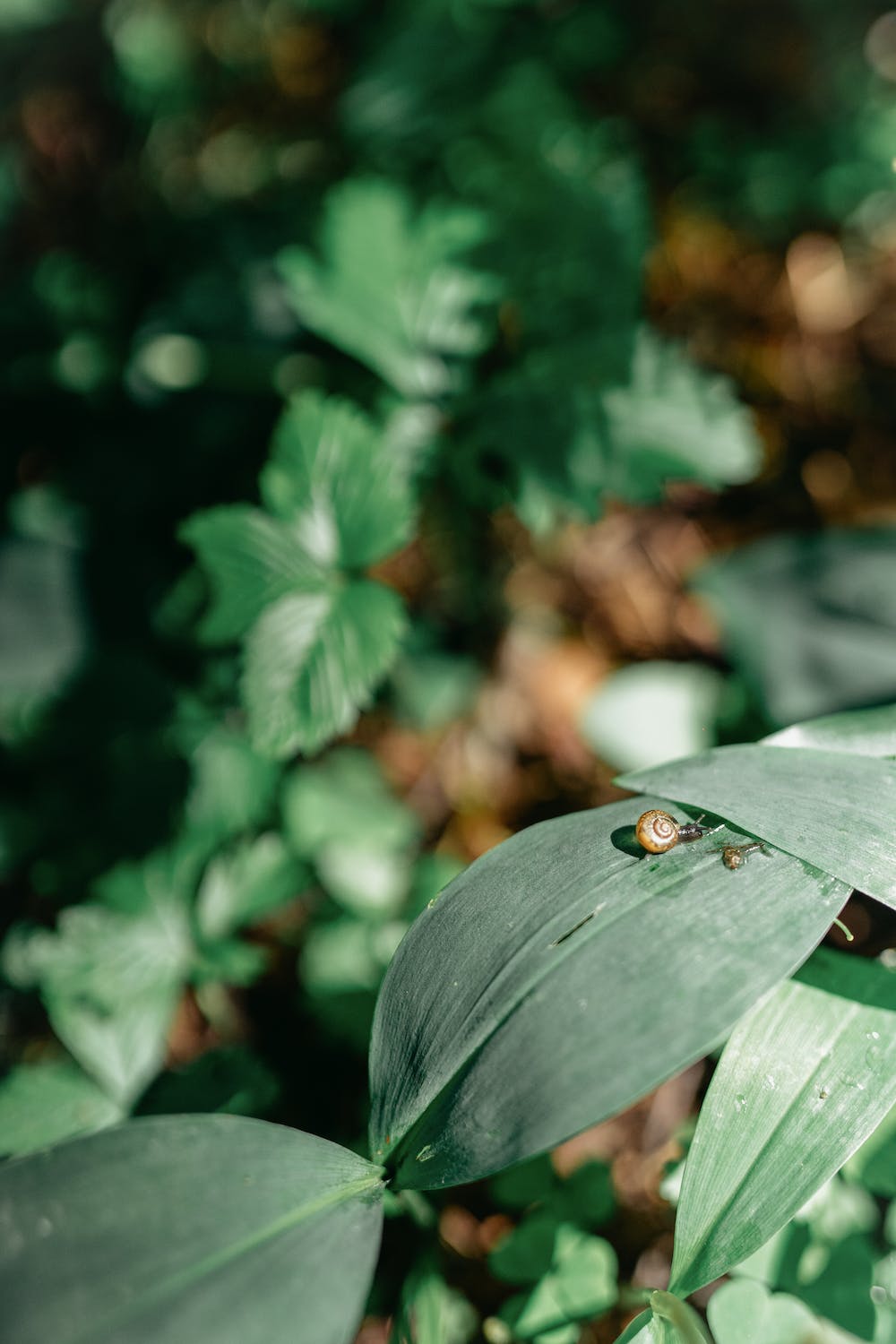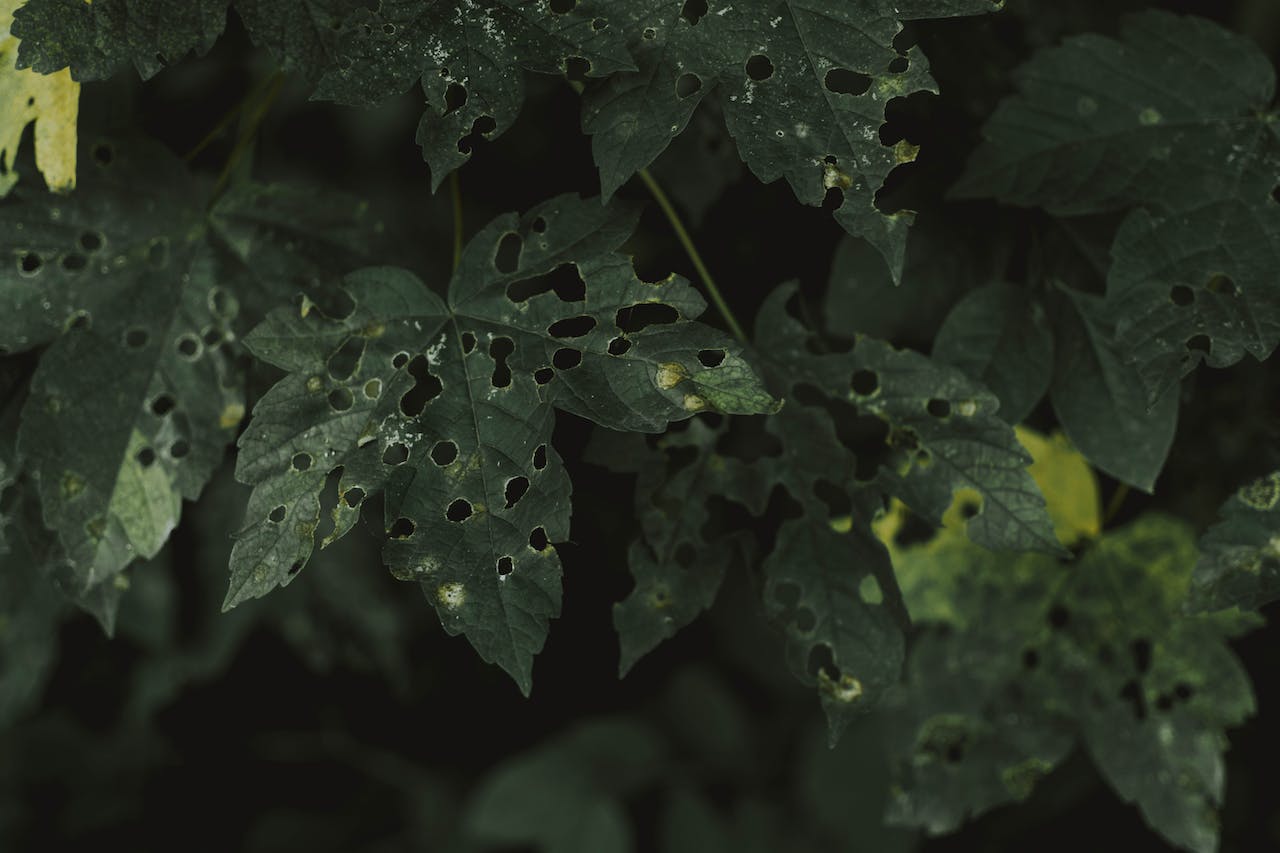
Picture this: you’ve lovingly planted your tomatoes, cucumbers, and peppers, eagerly awaiting the day they’ll burst into a rainbow of flavors on your plate. But hold on! There’s a tiny army of pests ready to march in and snack on your hard work.
Now, I’m not here to scare you off. Quite the opposite! I’m here to guide you through pest control with a smile. You see, maintaining a healthy vegetable garden isn’t just about sunshine and rain – it’s about keeping those pesky invaders at bay so your veggies can thrive like never before.
In this blog post, we’ll explore effective pest control for your vegetable garden. From the teeny aphids to the sneaky caterpillars, we’ll learn to spot them, understand their mischief, and, most importantly, kick them out (politely, of course).
Common Garden Pests
Let’s shine a spotlight on the not-so-welcome guests in our veggie haven – the common pests. These tiny troublemakers can wreak havoc on our precious plants, but fear not! I’m here to help you identify the troublemakers and show them the exit.
- Aphids: These little sap-suckers love to feast on the juicy sap of your plants, leaving them looking wilted and sad. Keep an eye out for these small, pear-shaped critters, usually hanging out in clusters on the undersides of leaves.
- Caterpillars: They might look innocent, but these munching machines can chomp through your leaves faster than you can say “butterfly.” Look for chewed edges or even the caterpillars themselves hiding among your veggies.
- Whiteflies: These tiny, moth-like insects may seem harmless, but their feeding can weaken plants and spread diseases. Look for a cloud of them when you disturb your plants, and you’ll know they’ve made themselves at home.
- Beetles: It’s not the ladybug kind, unfortunately. The Colorado potato beetle is a sneaky one, especially if you’re growing spuds. Keep an eye out for its distinctive yellow and black stripes, and if you spot them, it’s time to take action.
- Snails and slugs: These nocturnal nibblers can make a buffet out of your veggies overnight. Look for their silvery trails and those telltale, ragged munch marks on your leaves.
How to Recognize Signs of Pest Infestation
Ever notice those leaves looking a bit more like Swiss cheese than veggies? That’s your first clue! Holes, ragged edges, or even discolored spots can signal the presence of our tiny adversaries. Check both sides of the leaves, like a detective on a mission – that’s where the sneaky critters like to hide.
But it’s not just about the leaves. Sometimes, it’s the frass – yes, insect poop! It might sound icky, but spotting this tiny debris near your plants can be a telltale sign that pests are throwing a garden party.
You don’t ignore silent invaders. Sticky residue on your leaves? That’s honeydew, a sweet-sounding name for a not-so-sweet situation. Aphids and whiteflies love to leave this behind, and it can attract a sooty mold that turns your leaves black – not a good look for your veggies.
The sooner you catch these pests in action, the better chance you have of sending them packing before they throw a full-blown garden takeover.
Monitoring is your secret weapon. Regular garden check-ups, especially during the growing season, help you spot trouble before it escalates. Grab your magnifying glass – or just your keen eyes – and inspect your plants regularly. Look for those early signs we chatted about – the holes, the frass, the sticky residue.

4 Ways of Cultural Control to Prevent Pests
#1. Proper garden layout and spacing for plant health
Imagine your garden as a well-organized party – everyone has their space to shine. Plants are the VIPs, and they need room to stretch and grow. Proper spacing not only allows for good air circulation but also reduces the risk of diseases and makes it trickier for pests to hop from one plant to another.
#2. Crop rotation to prevent the buildup of specific pests
Change is good, even in the garden! Crop rotation is like a strategic dance for your plants. Move them around each season, and pests won’t know where to find their favorite snacks. It disrupts their dining plans and helps prevent the buildup of specific pests in the soil.
#3. Choosing pest-resistant plant varieties
Ever wish your plants had a superhero cape? Well, some varieties come pretty close! When you pick plants that are naturally resistant to certain pests, you’re giving your garden an extra layer of defense.
#4. Mulching as a deterrent for soil-dwelling pests
Not only does mulching conserve moisture and suppress weeds, but it also acts as a barrier against soil-dwelling pests. Mulch creates a no-fly zone for creepy crawlies, making it harder for them to reach your precious plant roots. It’s like laying down a welcome mat for your plants and a “keep out” sign for pests.
4 Organic Pest Control Methods
#1. Neem oil
This natural remedy works wonders against a variety of pests. Mix it up according to the instructions on the bottle and give your plants a gentle spray. Neem oil not only acts as a deterrent but also disrupts the pests’ life cycle.
#2. Homemade insecticidal soaps
Homemade insecticidal soaps are your go-to when you spot soft-bodied pests like aphids and mites. Mix a teaspoon of mild dish soap with water, load it into a spray bottle, and mist away. The soapy surprise disrupts the pests’ outer layer, leaving them high and dry.
#3. Diatomaceous earth as a natural pest deterrent
Ever heard of the silent assassin in gardening? Meet diatomaceous earth. This powdery substance may look innocent, but it’s deadly to pests. Sprinkle it around your plants, creating a barrier pests can’t crawl over. It’s like setting up a prickly fortress, and when pests come in contact, it dehydrates them.
#4. Beneficial nematodes for soil-borne pest control
Beneficial nematodes are microscopic warriors that combat pests like grubs and larvae. Mix them with water and apply to your soil. These nematodes seek out pests and release bacteria that are game-changers. By doing this, you are unleashing an army of tiny superheroes to protect your plant roots from below.

4 Non-Chemical Remedies
#1. Physical removal of pests
When you spot those unwanted critters making themselves comfortable on your plants, don’t hesitate to intervene. Roll up your sleeves and physically remove them. It’s a direct, no-nonsense approach.
#2. Creating barriers, such as row covers
Imagine a protective shield for your plants, shielding them from airborne invaders. Row covers are like invisible bodyguards standing watch over your garden beds.
They form a physical barrier that keeps pests at bay, allowing your plants to thrive in peace. Installing row covers is akin to setting up a fortress, ensuring your plants enjoy their own little haven.
#3. Using reflective mulches to repel certain insects
Reflective mulches play mind games with certain insects, confusing them with flashes of sunlight. Lay down aluminum or silver mulch, and it’s like turning your garden into a dazzling maze for pests. They lose their way, leaving your plants undisturbed in their reflective haven.
Homemade remedies like garlic and chili pepper sprays
In the kitchen, we find allies against pests. Mix up a concoction of garlic and chili pepper spray, turning ordinary ingredients into a potent defender for your plants.
When sprayed onto your green buddies, this homemade solution acts as a natural deterrent, ensuring pests think twice before nibbling. It’s a culinary defense strategy that adds a zesty layer of protection to your garden.
Final Thoughts
As we navigate the path of pest control, let’s not forget the delicate dance of balance in our gardens. By implementing cultural practices, choosing pest-resistant varieties, and welcoming beneficial insects, we foster an ecosystem where plants and critters coexist harmoniously. It’s not just about repelling pests; it’s about creating a thriving environment where every member, big or small, plays a crucial role.



![10 Ways to Get Rid of Cabbage Worms From Your Garden [Naturally & Efficiently]](https://homeveggiegarden.com/wp-content/uploads/2023/12/pexels-lina-kivaka-14281758-600x850.jpg)

